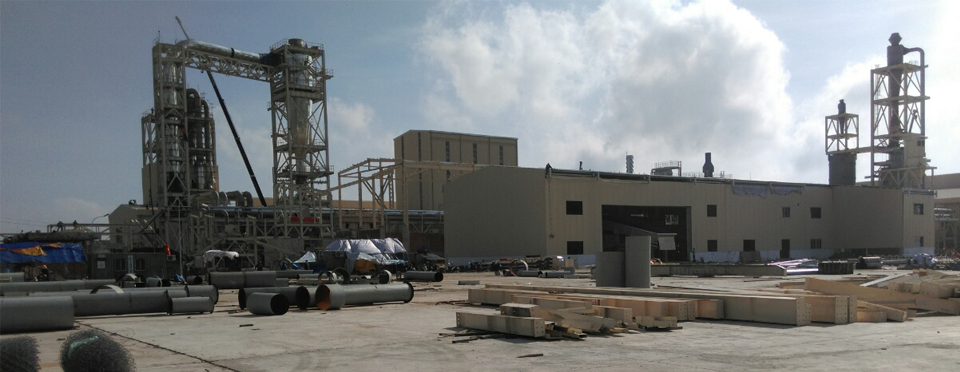Quy định và tiêu chuẩn
The Difference Between Codes and Standards
The terms code and standard are often used interchangeably, however each has a very different meaning. Codes are the written rules and regulations that are adopted as law by an Authority Having Jurisdiction for enforcement. These codes are the minimums that must be complied with to provide a reasonable degree of life, health and fire safety. The codes are written based on the standards. Generally, consensus committees produce standards that set the minimum level of how to install a certain type of protection. Standards are focused on one particular system or building component and give guidance on the proper installation, maintenance and testing.
Code:
Codes specify circumstances WHEN and WHERE a given type of protection is required. Codes are MINIMUM requirements, they can and are encouraged to be exceeded.
Examples of Codes:
NFPA 30 Flammable and Combustible Liquids Code
NFPA 54 National Fuel Gas Code
NFPA 70 National Electrical Code
NFPA 101 Life Safety Code
NFPA 5000 Building Construction and Safety Code
IBC International Building Codes
Standard:
Standards detail HOW the protection required by the code is to be achieved.
Examples of Standards:
NFPA 10 Standard for Portable Fire Extinguishers
NFPA 13 Standard for the Installation of Sprinkler Systems
NFPA 14 Standard for the Installation of Standpipes and Hose Systems
NFPA 20 Standard for the Installation of Stationary Pumps for Fire Protection
NFPA 72 National Fire Alarm Code (This is actually a standard even though it is called a code)
NFPA 72 will explain how a fire alarm system is supposed to be installed. It does not determine what type of equipment such as
smoke detectors, pull stations, horns, strobes, etc. should be used. That is determined by the adopted building code.
The terms “Shall” and “Should” are often used.
“Shall” Indicates a mandatory requirement.
“Should” Indicates a recommendation









